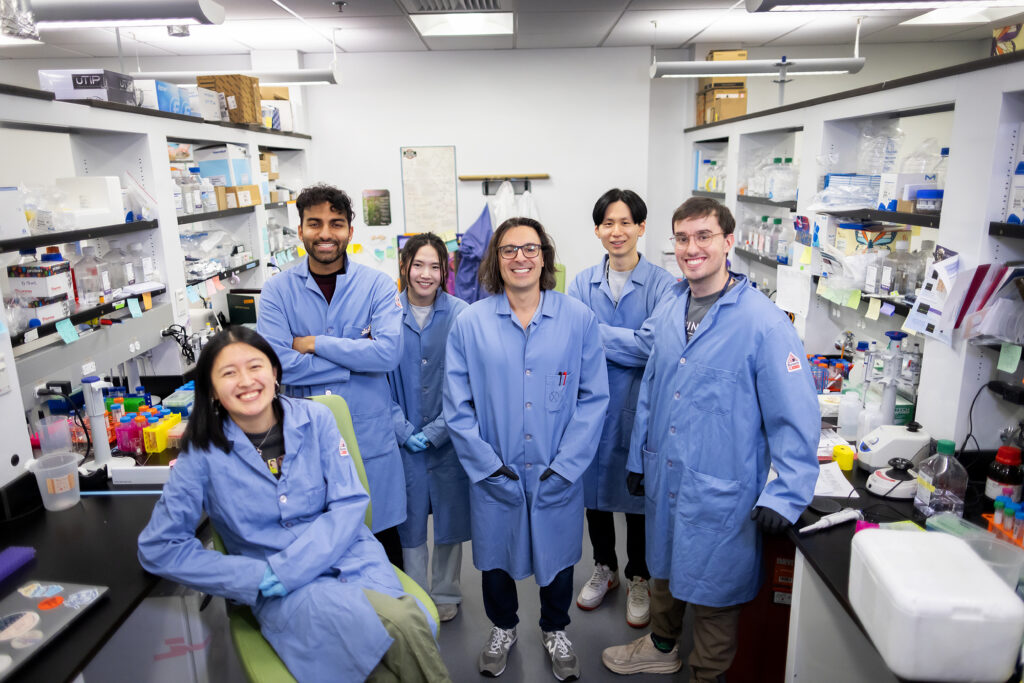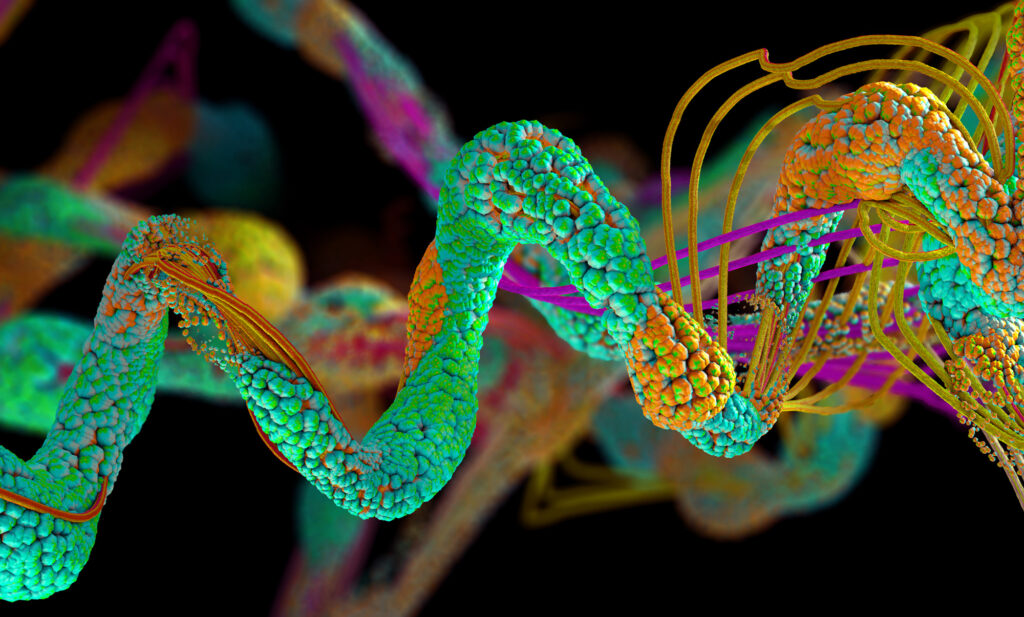
While growing up, Noor Momin, who joined the Department of Bioengineering in January as the Stephenson Foundation Term Assistant Professor of Innovation, imagined becoming a physician. Becoming a doctor seemed like a tangible way for someone interested in science to make a difference. Not until college did she realize the impact she could have as a bioengineer instead.
“I was taping microscope slides together,” Momin recalls of her initial experience as an undergraduate researcher at the University of Texas at Austin. “I didn’t even know what a Ph.D. was.”
It wasn’t until co-authoring her first paper, which explores how lipids, the water-repelling molecules that make up cell membranes (and also fats and oils), can switch between more fluid and less fluid arrangements, that Momin understood the degree to which bioengineering can influence medicine. “Someone could potentially use that paper for drug design,” Momin says.
Today, Momin’s research applies her molecular expertise to heart disease, which despite numerous advances in treatment — from coronary artery bypass surgery to cholesterol-lowering statins — remains the primary cause of mortality worldwide.
As Momin sees it, the conventional wisdom of treating the heart like a mechanical pump, whose pipes can be replaced or whose throughput can be treated to prevent clogging in the first place, overshadows the immune system’s critical role in the development of heart disease.
Read the full story in Penn Engineering Today.




